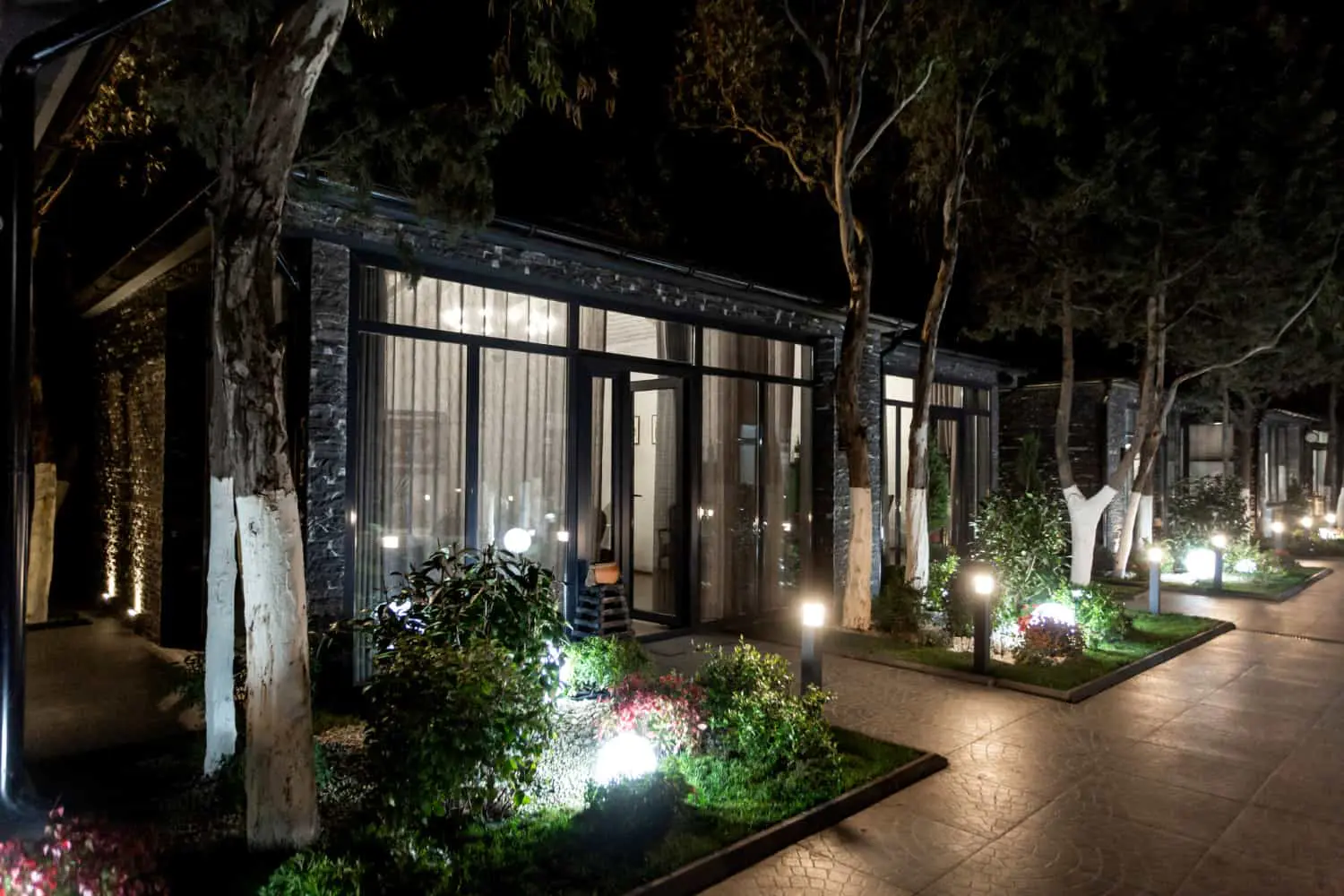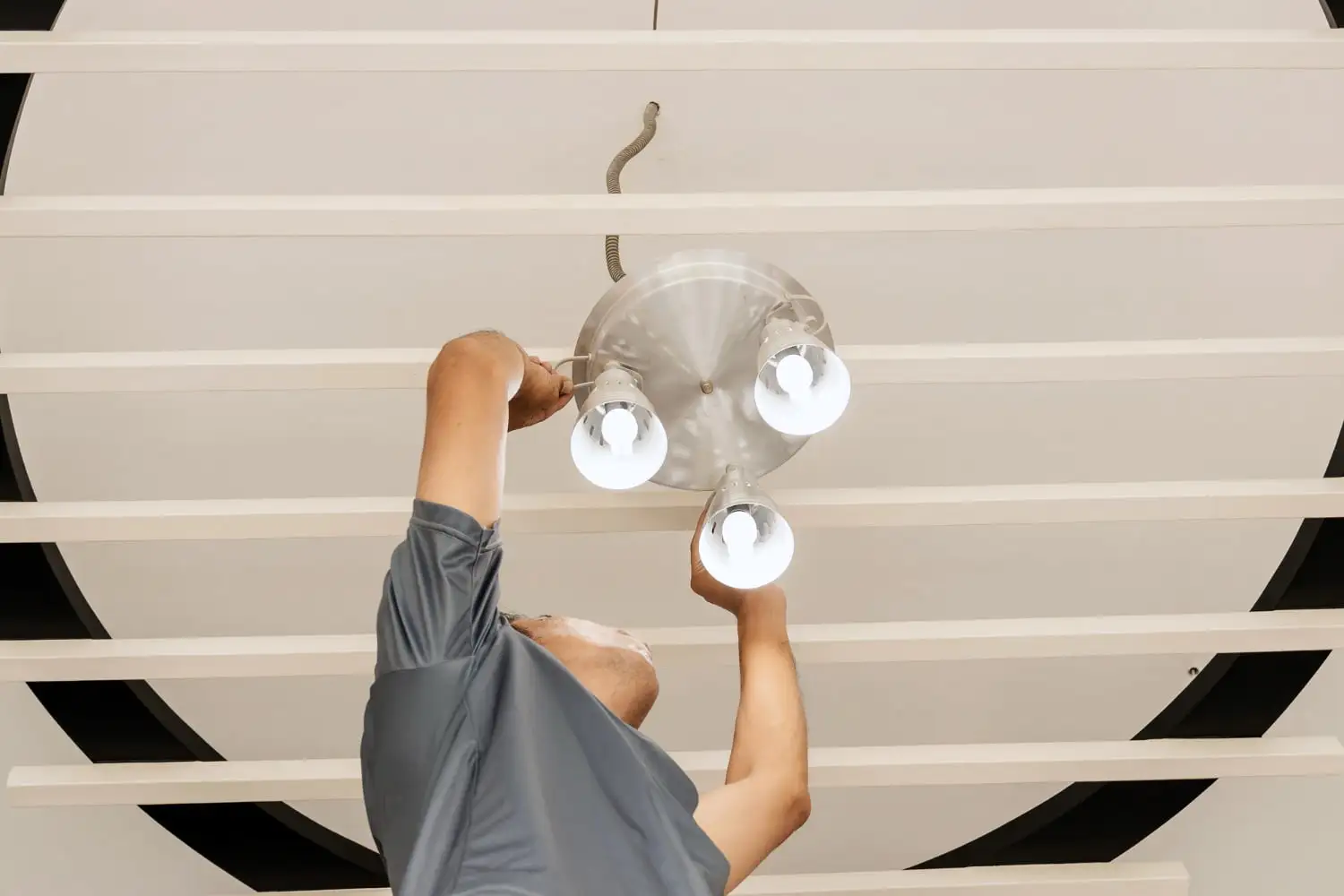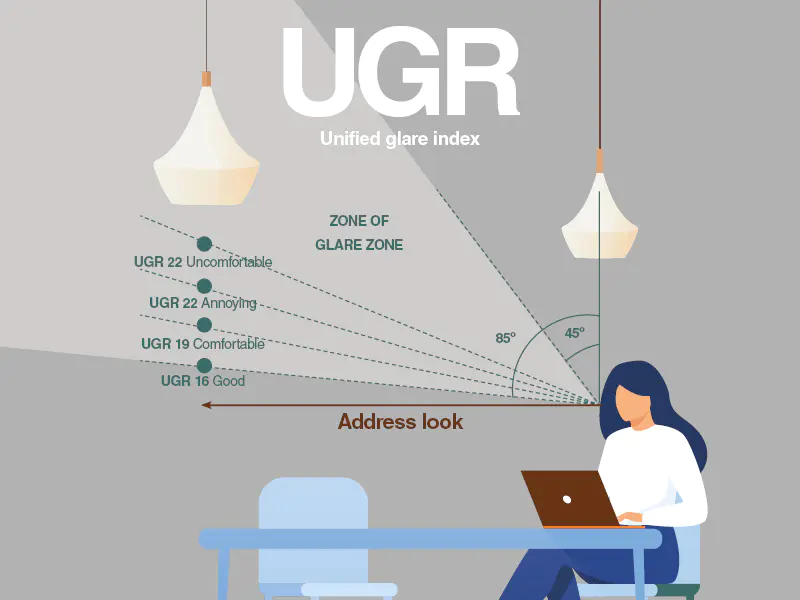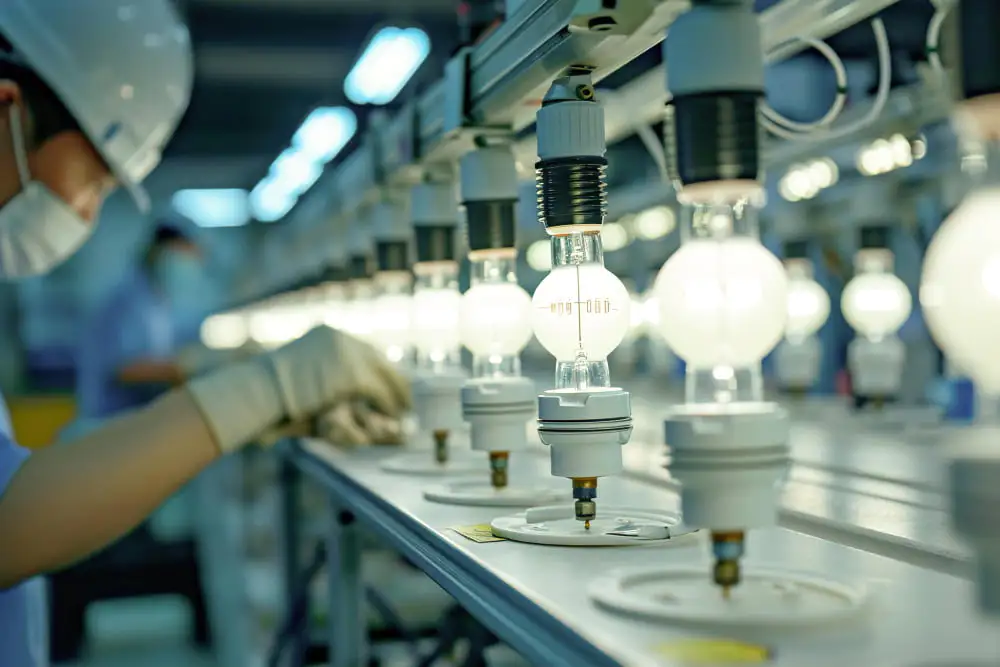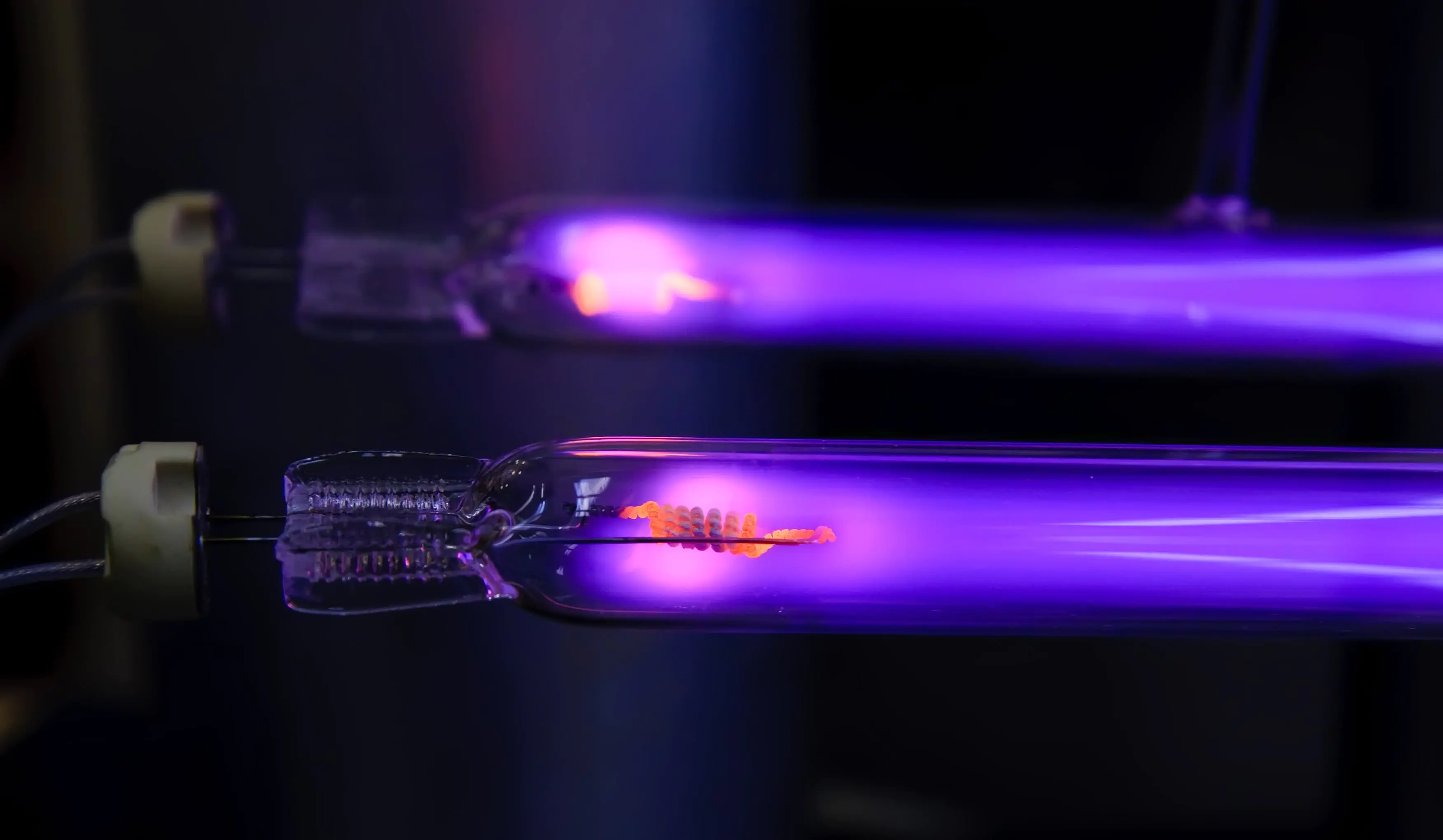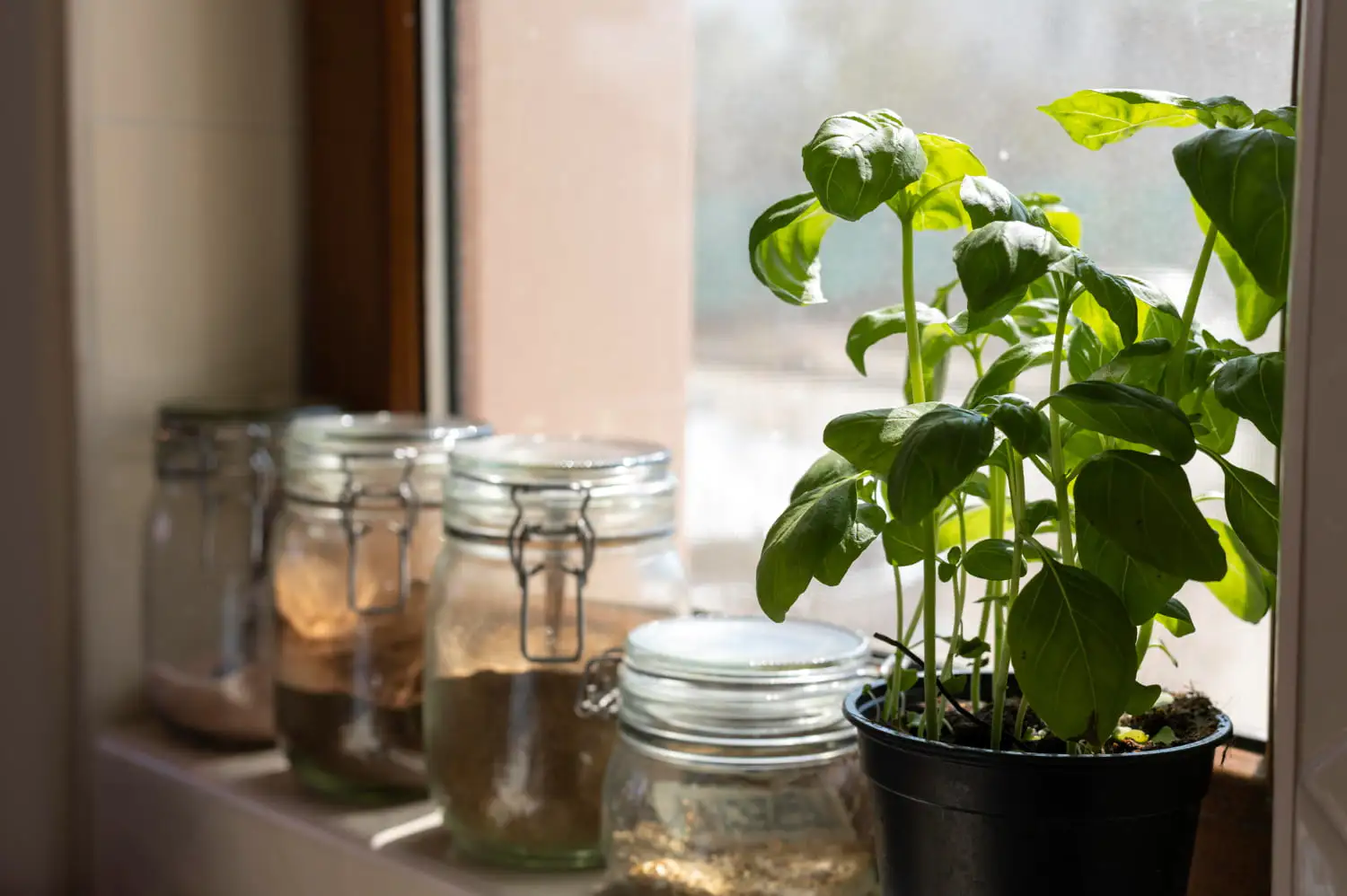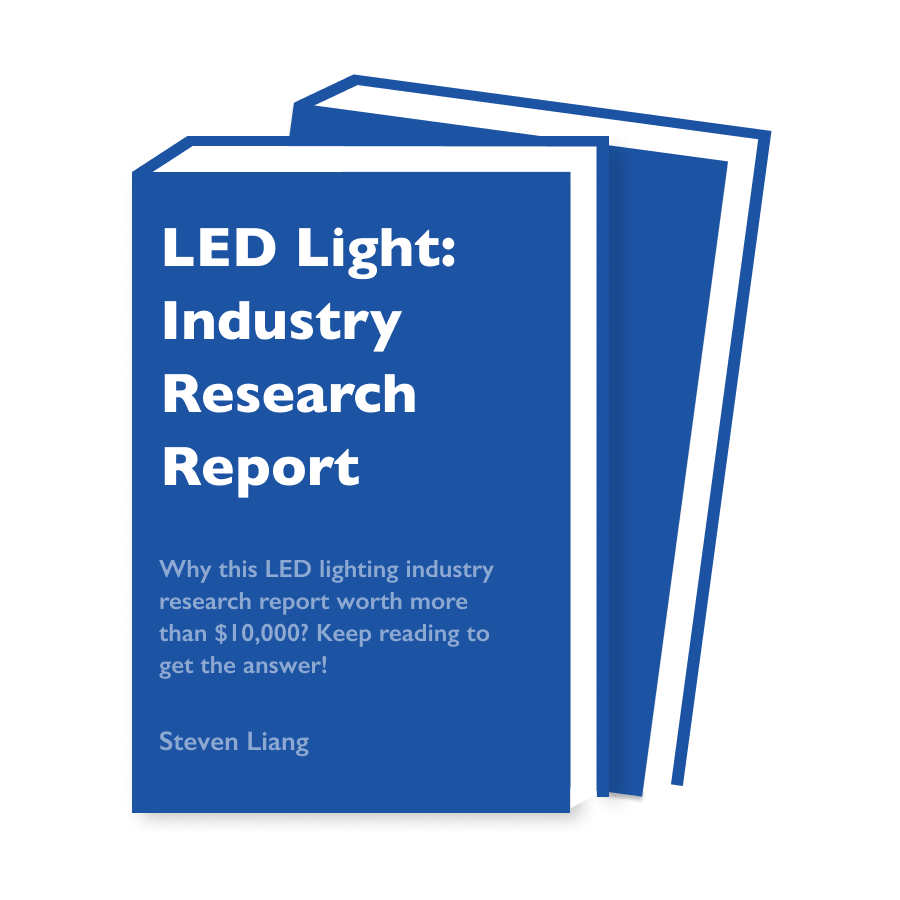LED light bulbs have been gaining in popularity for quite some time now thanks to their energy efficiency and long life. But how exactly do they work?
LEDs are made up of two different kinds of material that are sandwiched together. When electricity passes through the diode, it causes the electrons in the materials to move around, which produces light.
In this article, we’ll walk you through everything you need to know about LED light bulbs. From its history to buying tips you need to know, we’ve got you covered. Let’s get started!
How Do LED Light Bulbs Work?
LEDs are based on a simple principle: when current passes through a semiconductor material, it emits energy in the form of light. This effect is known as electroluminescence.
LEDs consist of two layers of semi-conductive material, separated by an insulator called the junction. When electricity passes through the junction, it excites electrons inside the semiconductor material, causing them to release energy in the form of photons.
The amount and type of light produced by an LED depend on how much electricity is passing through the diode. By controlling how much current is flowing through the diode, engineers can create a variety of different lighting effects.
What Is LED Light Bulb?
LED light bulbs produce light using light-emitting diodes. The color of the light depends on the composition of the semiconductor material used in the LED.
Red LEDs are made of aluminum arsenide, while green and blue LEDs are made of gallium phosphide. White LEDs use a combination of these materials. LEDs are much more efficient than incandescent bulbs because the conversion of electrical to visible light is almost 100% efficient.
A Quick History of LED Light Bulbs
The LED light bulb has had a long and fascinating history. Let’s go over how we got to where we are today.
1962
The first LED light bulb was invented in 1962 by Nick Holonyak Jr. It was only red and incredibly inefficient as it only emitted a tiny amount of light, but it was a milestone nonetheless.
1970
The next breakthrough was in 1970 when scientists managed to create a yellow LED light bulb. They were still largely inefficient, but it was a game changer as it allowed the technology to be used for things like traffic lights and calculators.
1989
The LED light bulb continued to be developed over the decades, with more efficient versions being released in the next years. In 1989, Shuji Nakamura invented a blue LED light bulb which changed how people thought of LED lighting and opened up new possibilities for how they could be used.
2010
In 2010 the first LED light bulb that could be used in a standard household lamp was released. This allowed people to start using these bulbs in their homes and they quickly became popular due to how efficient and long-lasting they were.
Today
Nowadays LED light bulbs are common in many households, with more and more people turning to them for their lighting needs due to how energy efficient they are. LEDs are now available in all colors and can be used for a variety of applications, from general lighting to specialty projects.
4. 5 Common Uses of LED Light Bulbs
These versatile bulbs can be used in a variety of applications, and it’s no wonder why they’re quickly replacing older lighting technology. Here are five common uses for LED light bulbs:
#1 Accent Lighting
One of the most popular uses for LED light bulbs is accent lighting. This involves using LED bulbs to highlight certain features in a room, such as paintings or sculptures. Accent lighting can help to add a touch of elegance to any space.

#2 Task Lighting
LED bulbs are also often used for task lighting, which is a type of lighting that is designed to help you see better while you are working on a task. Task lighting is typically used in areas such as kitchens and bathrooms, where it can be difficult to see without some additional light.

#3 Mood Lighting
This involves using LED bulbs to create a certain atmosphere in a space. For example, you might use mood lighting in your living room to create a cozy and inviting atmosphere.

#4 Outdoor Lighting
This can include everything from accenting your landscaping to providing security lighting around your home. Outdoor LED bulbs are typically designed to be more durable than indoor LED bulbs, as they need to be able to withstand the elements.

#5 Christmas Lights
One of the most popular uses for LED light bulbs during the holidays is Christmas lights. LED Christmas lights are available in a wide range of colors and styles, making them a great way to add some holiday cheer to any home.

6 Industry Applications of LED Light Bulbs
Here are some of the most common industrial uses of LED lights:
#1 Automotive
LED bulbs are often used in cars, from headlights to interior lighting. They’re more efficient than traditional incandescent bulbs, helping to reduce the overall energy consumption of vehicles.
#2 Medical
Medical professionals use LED bulbs for a variety of purposes, such as illuminating operating rooms and providing light therapy for certain conditions. LED lights can also be used for thermal imaging, helping medical staff to more accurately diagnose illnesses.
#3 Aviation
LED bulbs are often used in aircraft cockpits and passenger cabins. The bright light emitted by LED bulbs helps pilots navigate through the sky, while passengers benefit from a pleasant atmosphere during their flight.
#4 Industrial
LED bulbs are widely used in industrial settings, from warehouses to machinery. The bright light emitted by LED bulbs helps to improve visibility and efficiency on the job site.
#5 Security
Security systems often use LED lights for a variety of purposes, such as providing illumination for surveillance cameras or motion sensors. They also help alert personnel of any potential threats.
#6 Retail
Retail stores can use LED bulbs to create an inviting atmosphere for customers. They also help to make products look more appealing while providing enough light to ensure that items are safe and secure.
The Difference Between LED Light Bulbs and Normal Bulbs
LED light bulbs differ from traditional bulbs in so many ways. Below are some of the most significant differences between LED light bulbs and normal bulbs.
| Durability | LEDs have a much longer lifespan. |
| Color Quality | LEDs produce a much better quality of light with greater clarity and vibrancy. |
| Heat Output | LED light bulbs produce far less heat than traditional incandescent bulbs, making them much safer to use. |
| Cost | The initial cost for LED light bulbs can be higher than traditional bulbs but they typically last longer and require less energy to operate, resulting in lower overall cost. |
4 Buying Tips About LED Light Bulbs
When buying LED light bulbs, it is important to be aware of the following things:
#1 Color Temperature
This is one of the most important aspects to consider when buying LED light bulbs. Depending on where and how you plan to use the bulbs, it is important to select a bulb with the right color temperature for your needs.
#2 Brightness
LED light bulbs can be very bright and are available in various levels of brightness. This is measured in lumens. An average LED bulb can produce up to 900 lumens, so be sure to check the brightness before making your purchase.
#3 Energy Efficiency
Since LED bulbs are much more energy efficient than traditional bulbs, it is important to make sure that you are purchasing a bulb with higher efficiency ratings. Look for an Energy Star label or other certification such as a UL listing when possible.
#4 Lifespan
LED bulbs have much longer lifespans than traditional bulbs, so it is important to consider the lifespan of the bulb before making a purchase. Most LED bulbs are rated to last up to 50,000 hours or more.
Make sure to consider all of these factors before purchasing to get the best value for your money. Vorlane is a manufacturer that provides the highest quality LED light bulbs at competitive prices.
We use cutting-edge machines from both at home and abroad to create a stable supply of high-quality LED lights. We have control over the entire manufacturing process, which allows us to maintain consistent standards throughout every step and workshop. Contact us today to learn more about our products and services.
The Future of LED Lighting Technology
Efficiency is set to soar, with next-generation LEDs using even less energy while shining brighter than ever. This leap forward isn’t just good for our wallets; it’s a win for the planet, significantly cutting down our energy use and carbon footprint.
Color rendering will get a major upgrade, too. Imagine LEDs that can mimic the full spectrum of sunlight, making the colors in your home or office pop like never before. Plus, with advancements in color flexibility, you’ll be able to adjust the mood of a room with the tap of an app.
The integration of LEDs with smart technology is perhaps the most exciting frontier. Your home’s lighting will not only respond to your voice but also adapt to your habits, enhancing security, convenience, and even your health by regulating your exposure to blue light.
Beyond illumination, LEDs are set to revolutionize fields from healthcare, promoting better sleep and mood, to agriculture, where they’ll help grow healthier crops.
The future of LED lighting is bright, indeed. With each innovation, LEDs are set to become an even more integral part of our lives, illuminating the path toward a more efficient, adaptable, and sustainable world.
Conclusion
LED light bulbs are now becoming a popular choice for both residential and commercial uses. Using LED bulbs can be an energy-efficient and cost-effective way to reduce your electricity bills, provide better lighting quality and durability, and help reduce your carbon footprint.
To know more about LEDs or lighting in general, feel free to contact us at Vorlane. We have a team of experts who will be able to provide you with the best lighting solutions for your needs. With our high-quality products and services, you can trust that your items are safe and secure!

